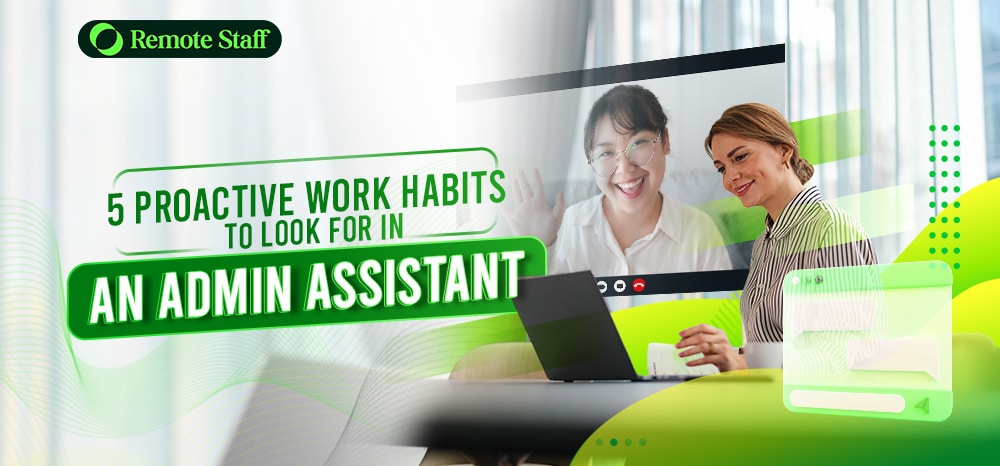Whether you work remotely or in a traditional office, employee training is crucial to company growth. Equipping your staff with the right skills and knowledge won’t just ensure that they can do their jobs properly. Done right, it can also help them build confidence and find more fulfillment in their respective roles.
As more businesses and companies embrace a partial or fully remote workforce, we ought to redesign how we train our distributed teams. According to a LinkedIn survey, an overwhelming 94 percent of employees are more likely to stay with a company that invested in their professional development. 94 percent. Let that sink in for a bit.
Remote work is here to stay and that means preparing your distributed teams for the opportunities and challenges ahead.
How? Here are six best practices to get you started.
Find The Appropriate Delivery Model

How you deliver training is almost as important as what you actually include in the training. For one, should you do it synchronously or asynchronously? Before you answer this, carefully assess the needs of whichever team you’re training first.
For example, if you’re training your marketing team, live online discussions might be more effective than individual tasks. After all, an effective marketing team isn’t just creative, but collaborative.
However, for roles that largely function independently of their departments, self-paced and pre-recorded training videos would suffice.
You can also have a blended approach, if the role or situation requires. So long as the delivery model suits the said employees’ needs and schedule just fine, you’re on the right track.
Invest In The Right Training Tools

Fortunately, various training methods abound at this time. The rise of Learning Management Systems (LMS) helps universities as well as organisations provide learning materials to students and employees alike.
You can customise your training methods according to your preferred style and desired results. If you want to simulate a classroom experience, you can start with a pre-recorded podcast. For something more interactive, try a live webinar.
But first things first. Before anything else, you need to determine the right remote employee training tools. Aside from LMS, there’s also Learning Experience Platforms, Remote Training Tools, and Project Management and Communication Tools.
It might take a bit of trial and error, but once you develop the right tool kit, that’s half the battle already.
Identify Skill Gaps

Which areas do you want your remote teams to improve on? Is it their customer service skills? Or do you want to completely revamp your company’s marketing approach? Identifying the skill gaps is the first step towards training your remote employees better.
So, how do you begin? You can start by thinking about your company’s long-term goals. Do your employees currently have the skills necessary to achieve these? If not, what are they missing? And how can you help them fill in the gaps?
Be Prepared

Good preparation always helps. When it comes to employee training, this helps prevent a lot of problems and maximise results.
Make a consistent and clear training schedule which everyone can easily refer to. Prepare all the learning materials in advance and ensure that all participants have access. More importantly, establish ground rules on active participation, submission policies, and feedback.
You may also want to have on hand tech support in case of technical difficulties throughout the process.
Ensure Good Delivery

No matter how great your content is, your delivery is what stands between you and a home run. Even if we’re no longer using blackboards, you still need to brush up on your digital presentation and collaboration skills beforehand.
Before you start your remote training, go through all the functions and preemptively address usual concerns like file locations and active links, among others.
Respect everyone’s time as well. Always start and end on time.
Record Your Results

Employee training becomes more effective when it’s documented. Always record your sessions, especially if you’re conducting live meetings or interactive webinars. Don’t forget to encourage sharing feedback and insights among your team members as well.
Make sure you allot time after training to entertain questions and concerns. Doing so will help address any lingering ambiguities or confusion, especially since there are remote employees who might not realise such until after the session.
Lastly, track your results after training. Who among your customer service agents improved the most? Which team delivered the best results? What was the most common experience among everyone who participated?
These steps will help you plan and refine your next moves, paving the way for your team’s -and your company’s – significant progress.
Most of the time, the best employees aren’t hired. They’re made – supported and trained by great mentors and organisations. In return, they contribute more towards their respective companies’ success.
Fortunately, Remote Staff has been helping Australian SMEs and entrepreneurs like you hire skilled remote workers from the Philippines for more than a decade already. Aside from hiring, we also assist with onboarding – so that you can focus on refining your company’s distinctive training.
Call us today or schedule a call back so we can get started.
Serena has been working remotely and writing content for the better part of the last decade. To date, she's written for Pepper.ph and Mabuhay Magazine, among others, and has churned out more than a thousand articles on everything from The Basics of Stock Market Investing to How to Make Milk Tea-Flavored Taho at home. Hermits, aspiring hermits, and non-hermits with interesting project propositions may email her at serena.estrella10@gmail.com.
























 Zero Recruitment Fee
Zero Recruitment Fee